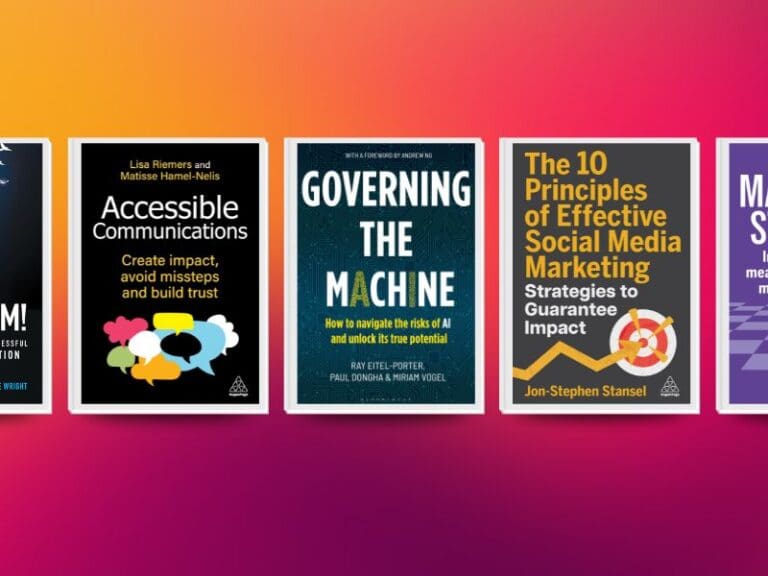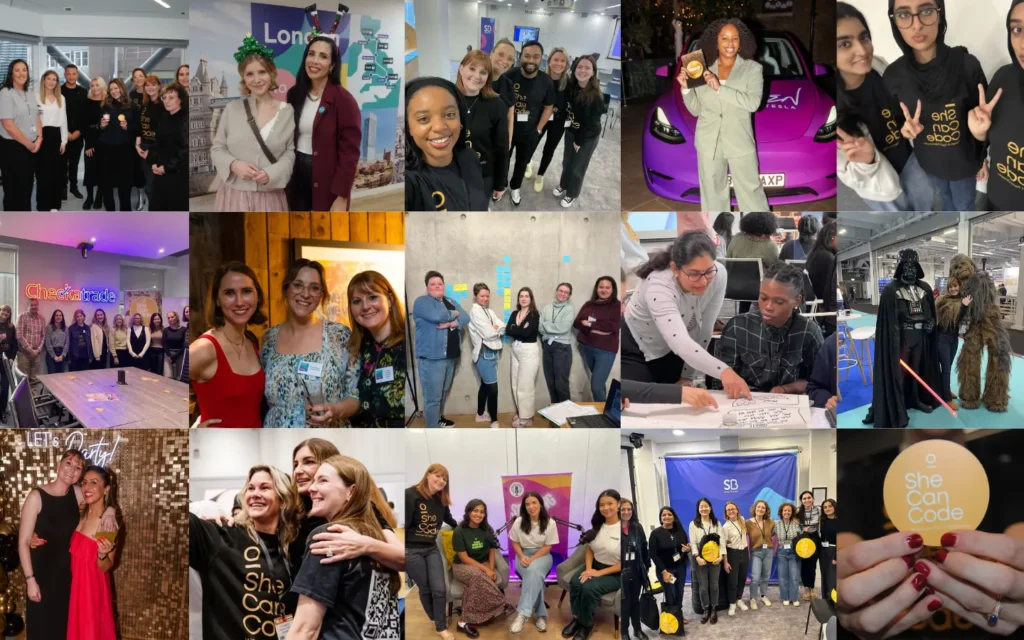Belén is a Senior iOS Engineer at ustwo, where she has worked on a variety of projects in the healthcare, automotive, beauty, and fitness sectors, among others.
She loves building products that have a meaningful impact on users. She is interested in the intersection between technology and everything else (creativity, society, the environment, etc). She is also extremely passionate about making the tech industry more welcoming and diverse.
 Not long ago, it was common to see companies searching for “ninja programmers,” “rockstar engineers,” or “superhero developers.”
Not long ago, it was common to see companies searching for “ninja programmers,” “rockstar engineers,” or “superhero developers.”
These superlative job descriptions—emphasising lone brilliance and exclusivity—perpetuated harmful myths about success in tech. They didn’t clarify job requirements; instead, they left room for interpretation, ambiguities, and, worse, bias.
While the era of “ninja” job titles is fading, the mindset underpinning it still lingers, impacting both employers and employees. For many women and other underrepresented groups, these cultural remnants can make the tech industry feel unwelcoming and daunting. Employers hold the responsibility to craft inclusive environments, starting with job descriptions that focus on the work to be done—not idealised notions of the person doing it. After all, they’re called job descriptions, not candidate descriptions!
Thankfully, this shift is underway. In the meantime, candidates still need strategies to navigate these challenges during the hiring process and beyond. Here are five tips to help you thrive in a biased industry:
Don’t hesitate to apply.
Studies show that women are less likely than men to apply for roles unless they meet 100% of the requirements. It’s okay if you feel like you’re aiming high—what’s the worst that can happen? Help yourself by not self-selecting out of opportunities.
Tell your story effectively.
Your experience is very valuable. Prepare in advance and go to interviews ready to tell the stories that will make your application unique:
- The most difficult technical challenge you’ve solved.
- The worst bug you’ve tackled.
- Something that didn’t go as planned.
- The coolest thing you’ve ever built.
- Developments within the industry that you’re excited about or something you’re eager to learn next
- Anything else that you would like them to know about yourself.
The STAR framework (Situation → Task → Action → Result) is an effective tool that can help ensure that your answers are clear and concise.
Evaluate the workplace.
Interviews go both ways. The hiring process is a valuable moment to gauge the company’s values and team culture. Ask questions, especially about anything unclear in the job description, to ensure the environment aligns with your expectations. It is better to find out if it doesn’t sooner rather than later.
Embrace the learning curve.
The path to becoming a developer isn’t linear. Many arrive at coding through unconventional routes, and learning doesn’t stop on the job. Knowledge gaps aren’t failures nor do they make you a lesser developer—they’re simply problems you haven’t encountered yet. Stay curious and ready to learn.
Prioritise communication.
Soft skills like communication are as essential as technical expertise. Listening to client or user needs, asking the right questions, proposing solutions, and collaborating with your team are vital. Nurture and highlight these abilities—they’re often overlooked in job descriptions but can set you apart.
Let’s redefine what it means to be great in tech. It’s not about being a “ninja” or “rockstar”; it’s about being curious, collaborative, and ready to learn. The responsibility to create inclusive environments lies entirely with employers, not with underrepresented groups. However, as the industry progresses toward true inclusivity, we all have the power to shape our path and become the kind of developer the future needs.



 Not long ago, it was common to see companies searching for “ninja programmers,” “rockstar engineers,” or “superhero developers.”
Not long ago, it was common to see companies searching for “ninja programmers,” “rockstar engineers,” or “superhero developers.”




